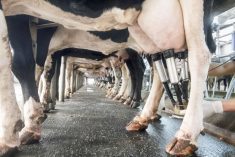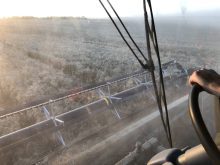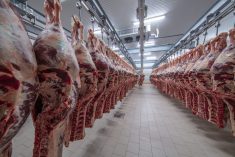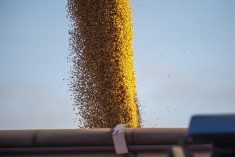CHICAGO, May 18 (Reuters) – U.S. lean hog futures fell sharply on Wednesday, led by declines in the front-month June contract on technical and fund selling that was linked to an expected slump in the cash hogs market, traders and analysts
said.
The June contract settled 1.525 cents lower at a one-week low of 81.225 cents per lb, with the 1.7 percent decline the largest daily drop since April 1.
The contract has traded at a steep premium to the Chicago Mercantile Exchange’s index of the cash market of about 77 cents. Investors sold futures positions on concerns cash prices would ease as many retailers have finished buying their
Read Also
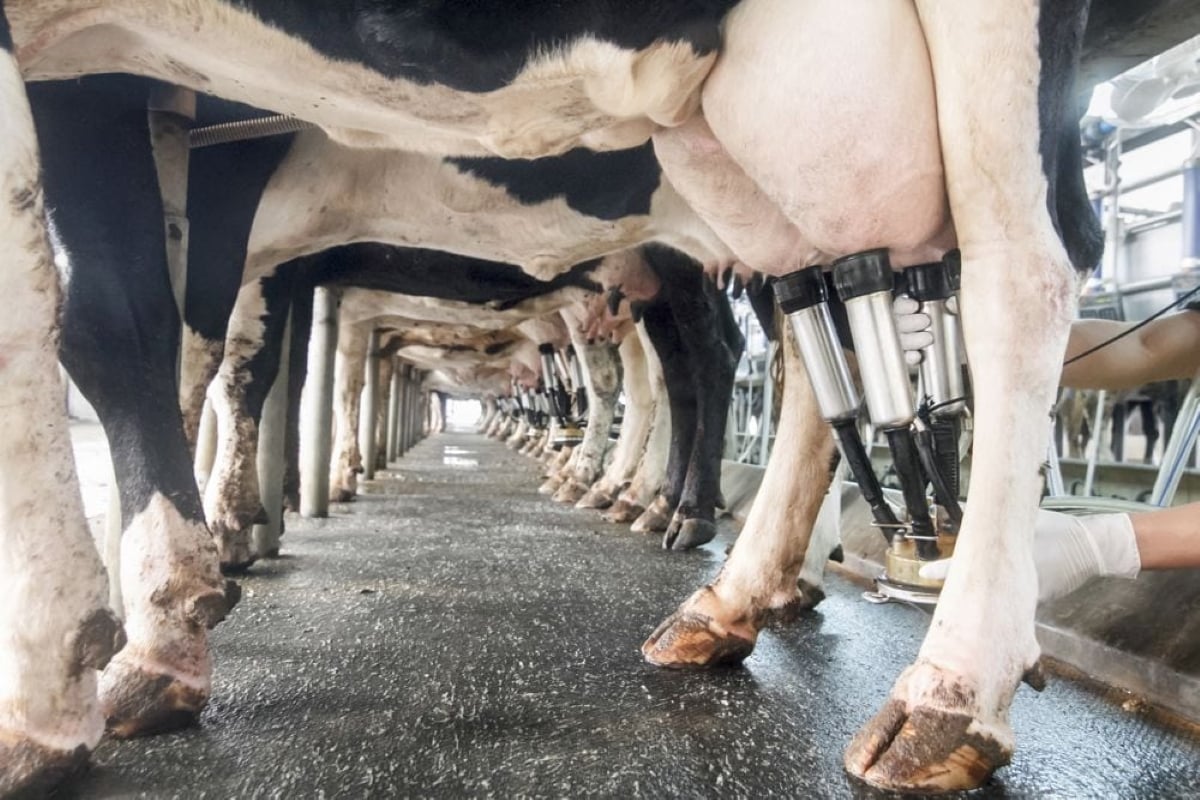
Nestle quits global alliance on reducing dairy methane emissions
Food group Nestle said on Wednesday it had withdrawn from a global alliance for cutting methane emissions that aims to reduce the impact of dairy farming on global warming.
“Seasonally, hogs have a two-weak break coming in cash hogs and cash pork as we end the Memorial Day buying,” Allendale Inc analyst Rich Nelson said. “Everybody is watching for a change in direction.”
U.S. Department of Agriculture data released after the close of futures trading showed hogs traded 39 cents lower to 76.64 per cwt in the closely watched Iowa and southern Minnesota market.
CME live and feeder cattle futures each were narrowly mixed, as investors continued to add to bear-spreads by selling nearby contracts and buying deferred positions. Cattle prices overall were little-changed, consolidating near recent one-month highs.
June live cattle finished 0.200 cent lower at 123.125 cents per lb and August feeder cattle up 0.575 cent at 149.350 cents per lb.
Beef packers bought cattle for mostly $132 per cwt in Kansas and Texas cash markets, with those values roughly steady with a bulk of the previous week’s trade. Most trading in cash markets typically occurs later in the week; the earlier buying was seen by some as a bullish indicator of strong demand.
USDA was set to release its monthly Cattle-on-Feed report on Friday showing how many cattle were in feedlots as of May 1.


